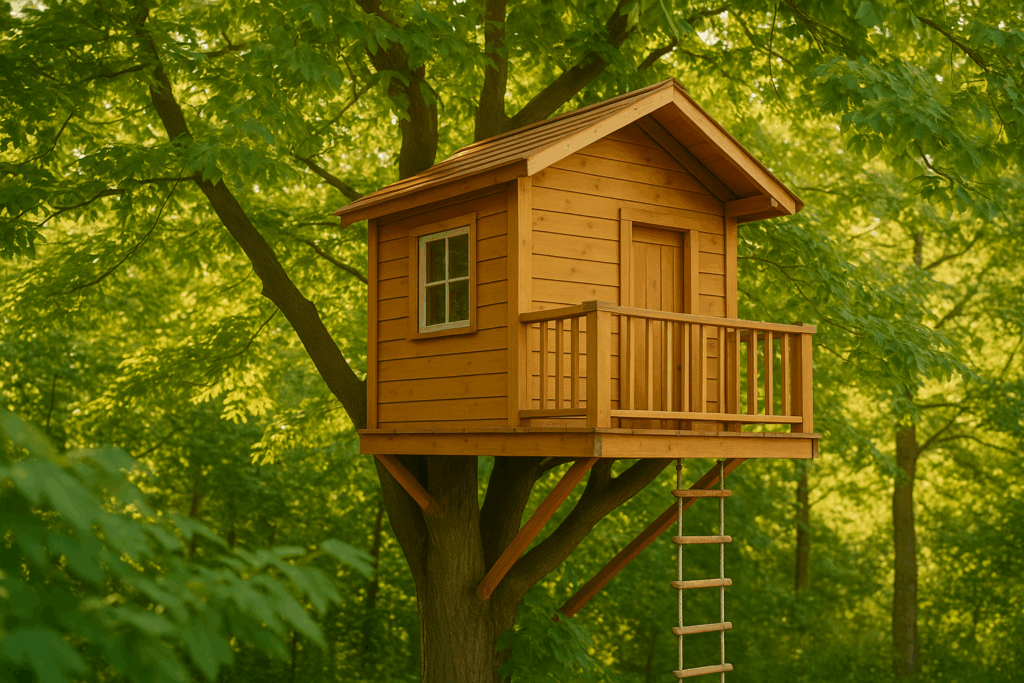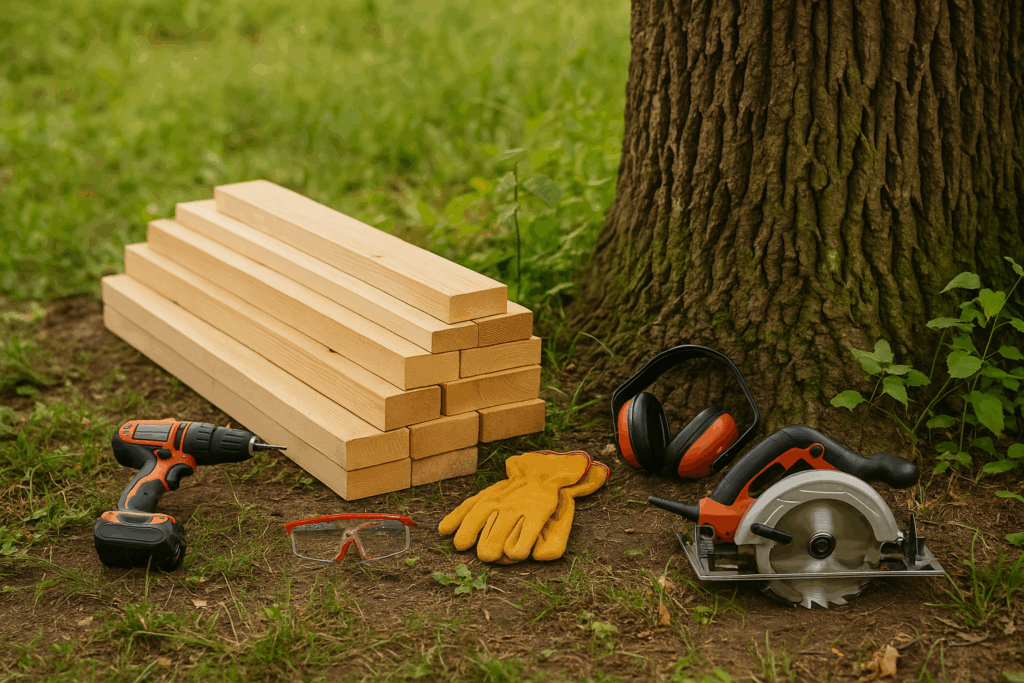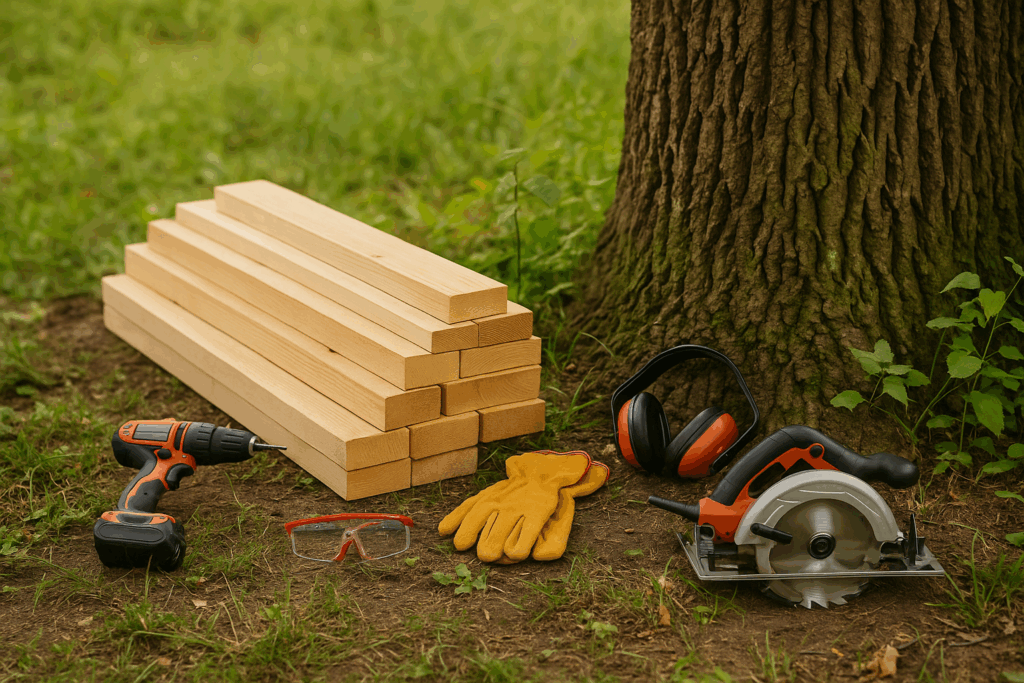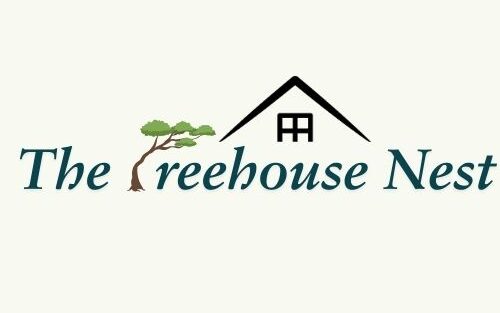How To Build A Small Treehouse
We may earn a commission for purchases made using our links. Please see our disclosure to learn more.
Dreaming of a backyard escape? Learning how to build a small treehouse isn’t just a childhood fantasy—it’s a rewarding DIY project that brings families together and sparks creativity. Whether you want a hideout for the kids, a reading nook, or a tranquil retreat, building your own small treehouse adds charm and adventure to your outdoor space. If you’re fascinated by making the most of compact living, you’ll enjoy seeing some of the most efficient tiny house ideas for more inspiration on creative and functional design. With some planning and the right materials, you can create a safe, sturdy, and beautiful treehouse that will last for years.
Planning Your Small Treehouse
Before you pick up a single tool, planning is key. Building a treehouse isn’t just about nailing boards to a tree; it’s about designing a structure that is both safe and fun.
Choosing the Right Tree
Start with a healthy, mature tree. Ideal choices are oak, maple, or beech. The tree should have strong, thick branches—at least 12 inches in diameter—and be free from disease. Avoid young or damaged trees, as they may not support the weight of your structure.
Treehouse Design Ideas
For a small treehouse, keep the design simple, such as a square or rectangular platform. Measure the distance between branches to estimate the size of your foundation. Create a platform about 6 to 8 feet off the ground. For added flavor, include entertaining features such as rope ladders, miniature decks, or windows.

Gathering Materials and Tools
Materials you’ll need:
- Pressure-treated lumber for frame and floor (2×6, 2×4, plywood)
- Galvanized screws and bolts
- Decking boards
- Waterproof roof panels (corrugated plastic or metal)
- Safety railings and handrails
- Ladder or rope ladder
- Exterior paint or wood sealant
Essential tools:
- Cordless drill
- Circular saw
- Tape measure
- Level
- Safety goggles and gloves
- Socket wrench set
Pro Tip: Order extra materials for mistakes or design changes. Always use weather-resistant hardware.
The Science-Backed Benefits of Building and Playing in a Treehouse
Building a small treehouse isn’t just about having fun—it’s also supported by science as a way to boost child development, creativity, and social skills. Two major research studies offer valuable insights into why your backyard project matters.
Tree Climbing and Risky Play: Building Confidence and Resilience
A comprehensive mixed-method study of over 1,600 parents revealed that tree climbing and similar forms of “risky play” offer children meaningful developmental gains. According to the findings, children who regularly engage in supervised tree climbing develop greater resilience, self-confidence, and creative problem-solving abilities. Even when minor injuries occur—like scrapes or occasional fractures—the benefits consistently outweigh the risks. The researchers conclude that supporting this kind of outdoor play, such as building and exploring a small treehouse, is essential for fostering healthy child development.
Treehouses and Natural Playscapes Encourage Cooperative, Constructive Play
Another observational study on natural playscapes in preschools found that treehouses and similar structures dramatically increase the amount of sustained, constructive, and cooperative play among children. When children interact with treehouse-style environments, they don’t just run and climb—they collaborate, invent new games, and develop essential social skills. The research suggests that having a small treehouse as part of your backyard encourages kids to engage more deeply and meaningfully with one another.
By understanding the science behind treehouse play, you’ll know that your project is more than just fun—it’s an investment in your child’s growth and well-being. For further reading, explore the full study on tree climbing and resilience and the research on natural playscapes and cooperative play.

Building the Foundation and Platform
Let’s get construction underway! The most important element is the foundation. Start by constructing a sturdy, flat platform that rests firmly on the main branches. Support beams can be fastened directly to the tree using lag bolts, but don’t tighten them too much because trees need room to spread out. After forming a structure using joists, cover with strong decking planks.
Use a spirit level to ensure that the platform is level. A safe treehouse is indicated by a sturdy platform. You can add diagonal braces or posts to the ground to give your tree more support if it isn’t strong enough on its own.
Constructing the Frame and Walls
Next, use 2×4 lumber to frame the walls. Consider leaving some open areas for vistas and circulation, and keep walls light. Attach the wall frames to the platform with screws. For the walls, use tongue-and-groove planks or plywood. Before affixing the panels, cut out any windows you desire. A plywood panel with a handle can serve as a door.
Always double-check measurements before constructing walls. Everything should be square and safe. For further security, think about installing plexiglass or shatterproof windows.
Adding a Roof and Windows
A roof protects your treehouse from rain and sun. The simplest design is a slanted (shed-style) roof, which encourages water runoff. Attach lightweight rafters, then screw on corrugated plastic or metal roofing. Overlap panels to prevent leaks.
Install windows or leave open sections covered by mesh for safety. If you add shutters or plexiglass, use weather-resistant hinges.
Safety Features and Finishing Touches
Safety is everything in treehouse building. Install sturdy railings at least 36 inches high around the platform and stairs or ladders. Use smooth, sanded wood to avoid splinters.
Paint or stain your treehouse with exterior products to protect against the elements. Add fun touches like flower boxes, a pulley system, or hanging lights. Make sure all fasteners are tight and inspect your treehouse each season.
Tip: Regularly check for loose boards or bolts, and trim any tree branches that threaten the structure.

Recommended Products for Treehouse Building (Amazon Picks)
Searching for the best products to make your project easier? Here are top-rated picks from Amazon:
- DEWALT 20V MAX Cordless Drill/Driver Kit: Durable and versatile for all your drilling needs.
- Simpson Strong-Tie Outdoor Accents Kit: Provides extra support for beams and joists.
- Grip-Rite PrimeGuard Max Deck Screws: Rust-resistant and strong for outdoor structures.
- Gorilla Waterproof Patch & Seal Tape: Handy for leaks and quick fixes.
- Little Giant Ladders Multi-Position Ladder: Reliable and adjustable for all heights.
Note: Always verify product sizes and requirements for your specific treehouse build.
Conclusion: Enjoy Your Treehouse
Congratulations! You now know how to build a small treehouse from the ground up. Building your own backyard hideout is a project that brings joy, pride, and a sense of adventure. Take your time, follow safety tips, and get creative with finishing touches. Whether it’s for kids, guests, or your own peaceful retreat, a treehouse adds magic to any home. Ready to make your backyard dreams a reality? Start planning today—and share your results!
Frequently Asked Questions
What is the best tree for a small treehouse?
Strong, mature trees like oak, maple, or beech work best. Look for thick branches at least 12 inches wide.
Do I need a permit to build a treehouse?
In many areas, small treehouses don’t require permits, but always check with your local building department.
How do I keep my treehouse safe?
Use sturdy materials, install railings, and inspect your treehouse regularly for any loose parts or wear.
How much does it cost to build a small treehouse?
Costs range from $300 to $2,500, depending on size, materials, and extra features.
Can I build a treehouse without damaging the tree?
Yes! Use lag bolts sparingly, avoid girdling branches, and allow room for the tree to grow and move.
Ready to start your project? Gather your tools, invite your family, and discover the fun and fulfillment of building your own small treehouse!




